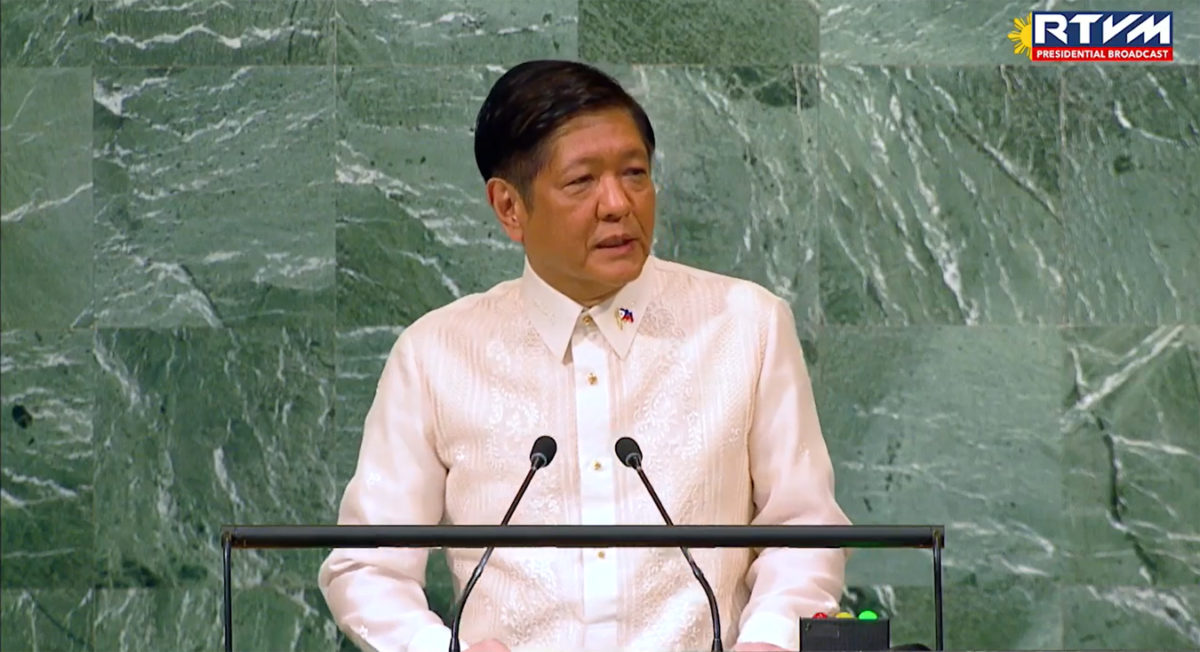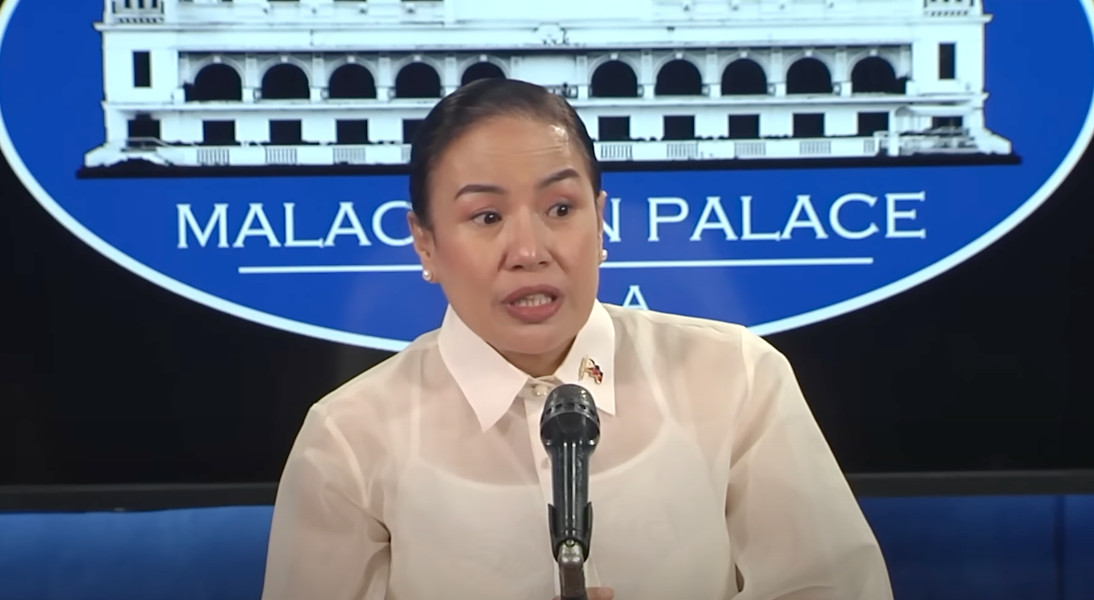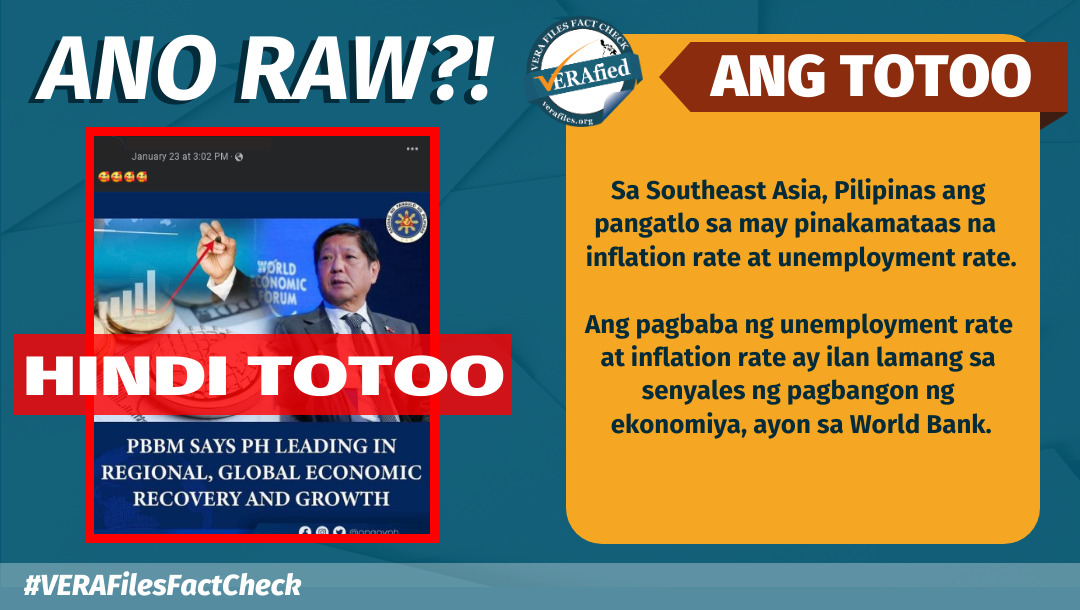President Ferdinand Marcos Jr. claimed before the United Nations General Assembly (UNGA) that the Philippines remains “on track” to reach upper middle-income status by 2023 “despite the challenges of the pandemic and the global economic upheavals.”
This needs context.
STATEMENT
In his speech at the 77th session of the UNGA on Sept. 21 (Philippine Time), Marcos Jr. said:
“Despite the challenges of the pandemic and the global economic upheavals, we remain on track to reach upper middle-income status by next year. With steady investments in food, public health, education, and other social services, we expect to become a moderately prosperous country by 2040. I am confident that we will achieve this vision.”
Source: RTVMalacañang, Statement at the 77th Session of the UNGA General Debate (Speech) 9/20/2022, Sept. 21, 2022
FACT
In a July 26 briefing following the president’s State of the Nation Address, Socioeconomic Planning Secretary Arsenio Balisacan said the country could reach upper middle-income status by 2024 “assuming that we’ll achieve 6.5% to 7.5% growth in 2022 and 6.5% to 8% in 2023.”
The World Bank has four income classifications that use gross national income (GNI) per capita as the main indicator. As of the current 2023 fiscal year, these are low-income ($1,085 or less), lower middle-income ($1,086 to $4,255), upper middle-income ($4,256 to $13,205), and high-income ($13,205 or more).
Data from the global financial institution shows that the Philippines had a GNI per capita of $3,640 in 2021, classifying the country as a lower middle-income economy.
Filomeno Sta. Ana III, coordinator of the Action for Economic Reforms, explained in a Sept. 28 email to VERA Files Fact Check: “The Philippines was poised to reach upper middle-income status during the Duterte administration. But COVID-19 came and we went through a deep recession, setting back the attainment of upper middle-income status.”
He pointed out that the projection of the National Economic Development Authority for the country to level up its economic status is “if the current growth is sustained.”
Based on data from the Philippine Statistics Authority (PSA) as of Aug. 9, the country’s gross domestic product (GDP) posted a growth of 7.4% in the second quarter of 2022. GDP is the total amount of all products and services produced domestically over a certain period of time.
While per capita income in the Philippines is “nearing the threshold level to become upper middle-income,” Sta. Ana noted that global shocks and internal weaknesses “make it harder” for the country to meet its growth targets and attain high middle-income status in the near future.
Sonny Africa, executive director of IBON Foundation, also pointed out that GNI does not reflect “the reality of low family incomes and earnings, lack of secure and decent work, inadequate education, nutrition and health, poor housing, lack of clean water, sanitation and electricity, lack of assets, and pervasive vulnerability, exploitation and violence.”
“The distribution of income and all these other dimensions of poverty need to be considered in any classification of the country’s level of development. GNI fails to do this,” he said.
IBON Foundation is a nonprofit development organization that “seeks to promote an understanding of socioeconomics that serves the interests and aspirations of the Filipino people.”
Have you seen any dubious claims, photos, memes, or online posts that you want us to verify? Fill out this reader request form.
Sources
RTVMalacañang, Statement at the 77th Session of the UNGA General Debate (Speech) 9/20/2022, Sept. 21, 2022
The World Bank, Data updated as of Sept. 16, 2022, accessed Sept. 29, 2022
The World Bank, World Bank Country and Lending Groups, accessed Sept. 29, 2022
Action for Economic Reforms, Personal communication (email), Sept. 28, 2022
IBON Foundation, Personal communication (email), Sept. 28, 2022
(Guided by the code of principles of the International Fact-Checking Network at Poynter, VERA Files tracks the false claims, flip-flops, misleading statements of public officials and figures, and debunks them with factual evidence. Find out more about this initiative and our methodology.)




